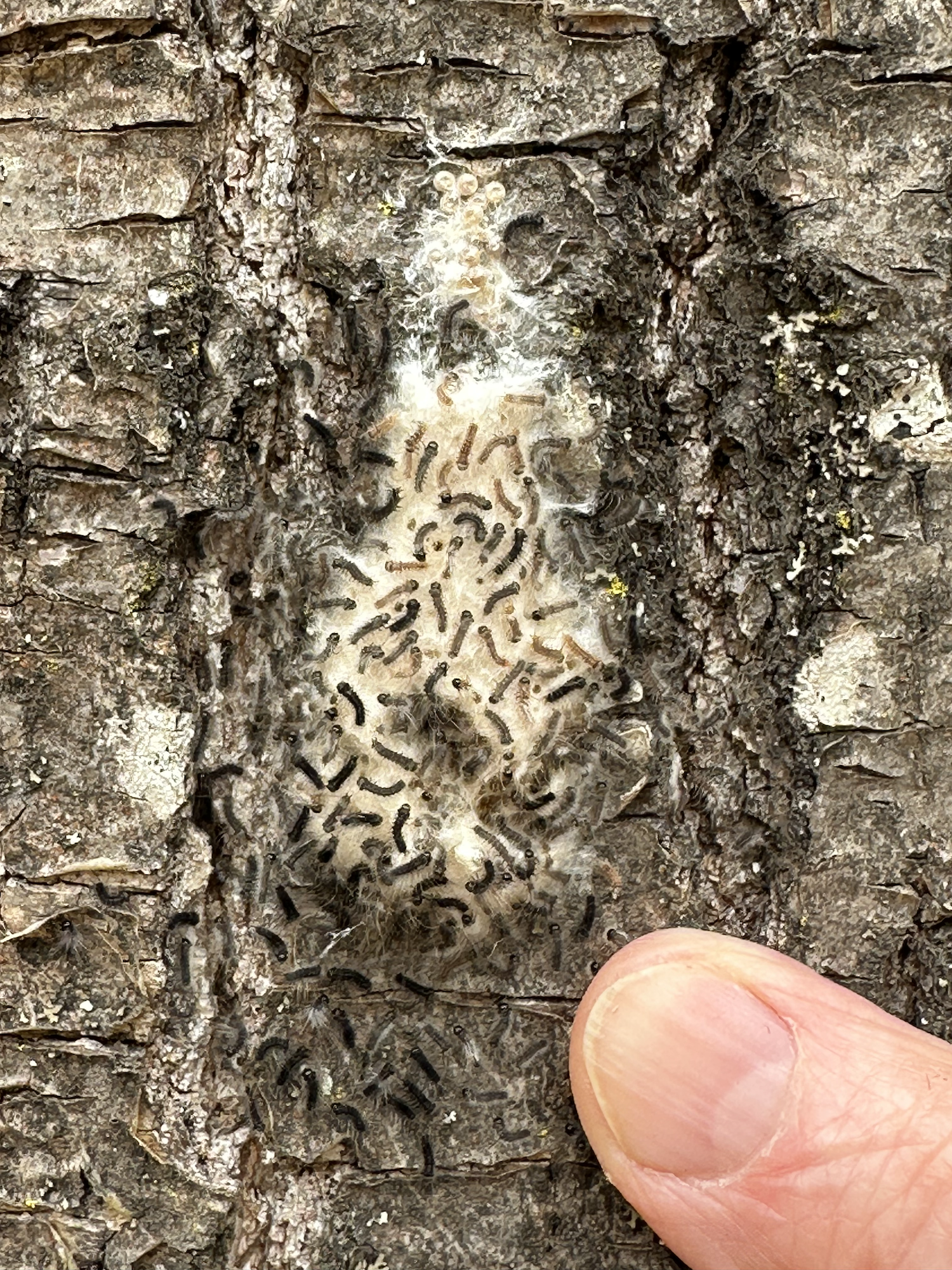Monitoring Persistent Contaminants in Bald Eagles
/2012
Bald Eagle (eBird)
The following article is excerpted from a resource brief published by the National Park Service’s Great Lakes Inventory and Monitoring Network. In 2010 the network’s director, Bill Route, gave an evening presentation on this subject at the Madeline Island Historical Museum, sponsored by the Wilderness Preserve. The NPS Great Lakes Network is responsible for long-term ecological monitoring of critical resources in nine national park units in the upper Midwest. It’s offices are in Ashland, Wisconsin. For more information on biological contaminants and other important environmental issues in your favorite Great Lakes park, visit:
http://science.nature.nps.gov/im/units/glkn/index.cfm
Human-made contaminants released into water, air, or on land often end up in aquatic systems. Bald eagles are high on the aquatic food web and serve as good indicators of the distribution and levels of these contaminants in the environment. The National Park Service Great Lakes Inventory and Monitoring Network is currently monitoring six contaminants in bald eagle nestlings. Each of these contaminants is known or hypothesized to adversely impact wildlife and humans. This Resource Brief presents efforts to monitor DDE (a metabolite of the pesticide DDT) and PCBs – both banned in North America in the 1970s - and mercury – one of the most pervasive contaminants in the upper Midwest.
Bald eagle nestlings have been used as a sentinel species to monitor environmental contaminants on the Great Lakes for over 20 years. The Wisconsin Department of Natural Resources monitored contaminants in eaglets along the south shore of Lake Superior, including the Apostle Islands, from 1989 through 2002. The NPS picked up this effort in 2006 for areas it manages. Combining data from both agencies reveals that levels of DDE, PCBs, and mercury in eagle nestlings have declined at annual rates of 3% for DDE, 4.3% for PCBs, and 2.4% for mercury.
On a population level the average concentrations of DDE and PCBs are currently below threshold values established for healthy bald eagle populations. For DDE it took 28 years from when DDT was banned in 1972 for levels to drop below the threshold. However, greater than 50% of the nestlings sampled on the Apostle Islands from 2006 to 2008 were still above threshold values. Similar thresholds do not yet exist for mercury in bald eagle feathers.
Number of active eagle territories and number of young produced at Apostle Islands National Lakeshore, 1974-2008.
The bald eagle population on the Apostle Islands began increasing in 1983 when the first nestling was fledged in more than 15 years (see figure). This increase closely coincides with the bans on DDT and PCBs.



















